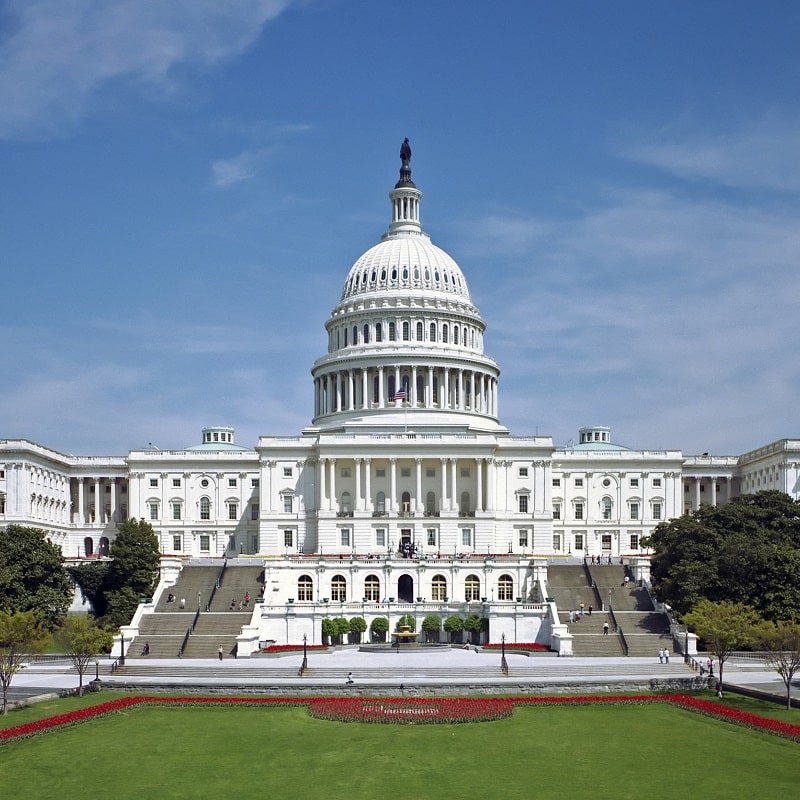 Supporters Of The ‘Medical Marijuana Regulation, Control, and Taxation Act’ Hope To Begin Collecting Signatures Next Month
Supporters Of The ‘Medical Marijuana Regulation, Control, and Taxation Act’ Hope To Begin Collecting Signatures Next Month
By Phillip Smith
A broad coalition of California advocates has filed a statewide medical marijuana regulation initiative aimed at ending the years-long confusion over what is and what is not allowed under state law by explicitly allowing sales and legalizing dispensaries statewide absent affirmative local popular votes to ban them. Pending approval of the measure’s title and summary by state officials, the campaign is planning to roll out a signature-gathering and fundraising campaign early next month in a bid to put it before the voters in November.
The Medical Marijuana Regulation, Control, and Taxation Act (MMRCTA) would create a state agency, the Bureau of Medical Marijuana Enforcement (BMME), to regulate medical marijuana cultivation and distribution. The bureau’s 21-person governing body would include a mix of patients, patient advocates, industry representatives, union representatives, law enforcement, and other stakeholders appointed by the governor or lieutenant governor.
The BMME would be funded by a 2.5% tax on the sale of medical marijuana. Surplus tax revenues would fund emergency medical services, low-income assistance and health services, scientific and educational grant programs, and research into environmentally-sound cultivation practices.
The initiative would require state registration after July 1, 2013 for anyone cultivating, processing, manufacturing, transporting, distributing, or selling medical marijuana for use by others. Patients and caregivers who are growing at home for themselves would be exempt.
The MMRCTA would make it more difficult — but not impossible — for cities and counties to ban dispensaries by declaring that “each city and county shall permit” medical marijuana facilities sufficient to meet local needs, which the initiative defines as at least one dispensary for each 50,000 residents in a county or town of 50,000.
Already existing bans and moratoria, of which there are nearly 200 statewide and growing weekly, would be allowed to continue to exist, but only for a specified period of time. Then they and new proposed local bans could only be enacted through a direct vote via local initiative. Cities would be allowed to maintain reasonable local control over zoning and other regulation of medical marijuana businesses.
The initiative would also outlaw the issuance or use of fraudulent physicians’ recommendations. That means it would become an offense to issue a recommendation if the issuer is not a physician.
The measure has some of the biggest players in Golden State medical marijuana politics behind it. Its official proponents are Don Duncan, state director for Americans for Safe Access, the country’s leading medical marijuana advocacy group, and Ron Lind, president of the United Food and Commercial Workers Local 5, which represents unionized dispensary workers around the state.
Also backing the initiative campaign, called Californians to Regulate Medical Marijuana, are California NORML, the Coalition for Cannabis Policy Reform, the Sacramento-based California Cannabis Association, and the Emerald Triangle Trade Association. The effort is also endorsed by the national reform groups the Drug Policy Alliance and the Marijuana Policy Project.
But time is tight. The campaign has only until April 20 to gather the more than 500,000 valid signatures it needs to qualify for the ballot, and says it is trying to raise one million dollars by February 9. That will be just the beginning if the initiative is to have a chance to make the ballot.
“To come up with 500,000 valid signatures by April 20 is probably a $2 million proposition,” said long-time California NORML head Dale Gieringer, who is also an MMRCTA campaign committee member. “We’re a little bit late out of the gate, and we still have to wait for the title and summary to come back, but we have some startup pledges already on hand, so we’ll be ready to start circulating petitions early in February.”
Even campaign communications consultant Roger Salazar’s lower estimate was daunting. “It’ll take between one and two million, but with this short time frame, we need these resources on hand,” he said. “We need to come up with more like 800-850,000 signatures to be safe; we’re looking at around 130% of what is required.”
To attract the game-changing big bucks of donors like Peter Lewis or George Soros, who could propel the campaign to success with cash injections, the campaign is going to have to convince them it is worthy. Citing campaign polling, Gieringer thinks they have a shot.
“Regulating medical marijuana is the marijuana issue in California,” he said. “Support for the medical marijuana law here polls over 70% and support for uniform state-wide rules polls even higher. So, yes, we’re approaching the usual suspects, as well as a couple of others. We know they want to make sure this is a good place to put drug reform money, and we think we’ll come out well in comparison with other reform initiatives around the country.”
The initiative came together out of widespread frustration with the status quo, said both Gieringer and Salazar. Between heightened federal enforcement and increased local clampdowns, the medical marijuana distribution network is fraying, fraught with anxiety and uncertainty, leaving patients in some areas miles from their medicine and providers even in medical marijuana-friendly locales closing up shop.
“We’ve seen a lack of state government action to fill in the blanks on Proposition 215 and we’ve seen the kind of response we’ve had from the federal government,” said Salazar. “Some of the groups that were supporting marijuana legalization decided to try to figure out how to reinforce the voters authorizing use for medical reasons, as well as a way to provide some of the oversight people have been looking for.”
“The federal crackdown is largely justified by the charge that California doesn’t have a legally regulated distribution system,” said Gieringer. “The Obama administration said it wouldn’t go after people who were in clear and unambiguous compliance with state law, but we don’t have any clear and unambiguous state laws. Some say it’s legal, some say it isn’t,” he explained. “We have to do this to protect ourselves from more federal oppression. We need this for patients, the industry, and law enforcement alike; we need to give them a clear idea of what they can and cannot do.”
Given the size and diverse nature of California’s medical marijuana and marijuana reform communities, any initiative concerning cannabis is going to be contentious. The intense negative reaction to 2010’s Proposition 19 in some sectors of the community is evidence of that, as is the inability of would-be legalizers to settle on any one of the four underfunded legalization initiatives languishing in search of signatures.
The MMRCTA is no exception, and early detractors have emerged. Medical marijuana activist and gadfly Mickey Martin, who was prosecuted by the feds himself over his Tainted, Inc. edibles, used his Cannabis Warrior blog to vociferously object to the creation of a new state agency to regulate the industry, to the inclusion of union representation on that agency’s governing board, as well as his presentiment that the board will be stacked with industry insiders, among other things.
“There is strong support for uniform state regulation,” Gieringer replied, “but also for local control. If people really don’t want dispensaries, they could vote them down, but legal dispensaries are the default. Once this initiative passes, all of the ambiguity about what will be legal will be gone.”
As for the make-up of the board, “We made sure the bureau had knowledgeable people, and why shouldn’t labor have a place at the table?,” Gieringer retorted. “Labor is a key supporter of the initiative,” he said. The UFCW is one of the key sponsors. They’ve been doing a hell of a lot to organize for this initiative and for legal marijuana in general. They’ve earned their seat at the table,” he said.
There will doubtless be plenty more discussion of the merits and deficits of the MMRCTA in the few weeks culminating in the April 20 signature gathering deadline, but this looks like a serious effort being run by some serious players in California. The question becomes just how serious the big money funders think it is, and what they think its chances of success are.
Article From StoptheDrugWar.org — Creative Commons Licensing







